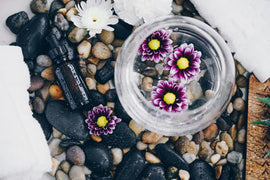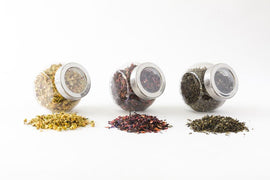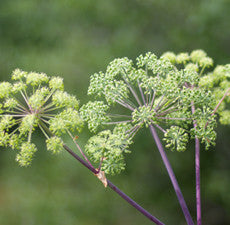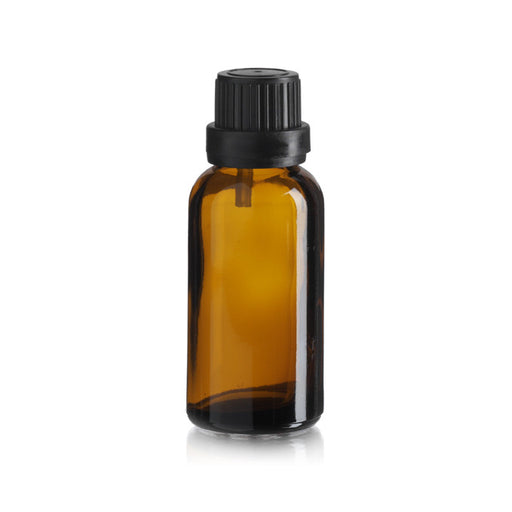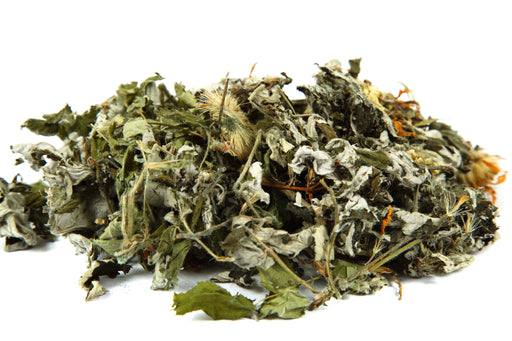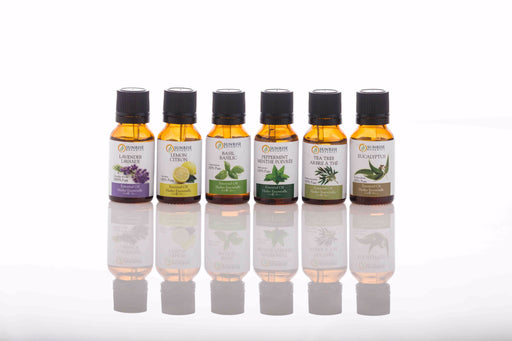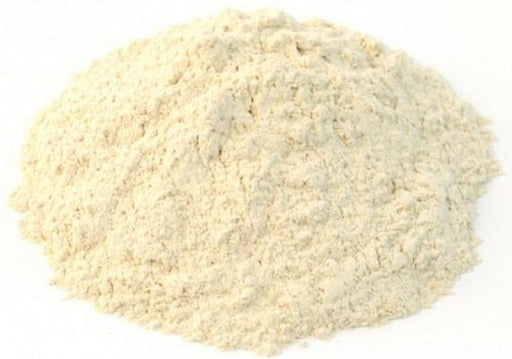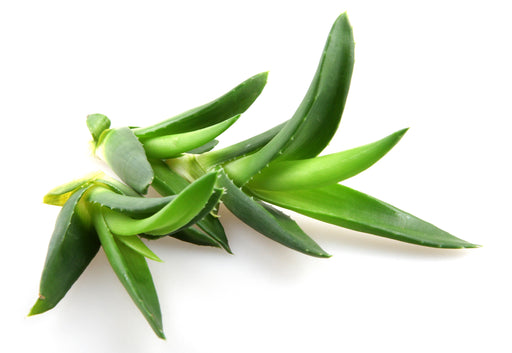Angelica Root Essential Oil (China) CO2 Extracted
Active Ingredient: a-pinene: 20-30%
Botanical Name: Angelica sinensis
Plant Part: Root
Extraction Method: CO2 Extracted
Origin: China
Description: Commonly known as dong quai or female ginseng, Angelica is a large hairy, biennial plant with ferny leaves and umbels of white flowers. It can grow 5 to 8 feet tall, and flowering time is June to August.
The CO2 extraction method yields a greater number of aromatic compounds from the root than any other process used to distill essential oils. At a low temperature, carbon dioxide (or CO2) can be pressurized until it becomes liquid. This liquid then acts as a solvent, and is used to extract the oil from plants. After the extraction is completed, the vessel is brought back to room temperature, and the CO2 rapidly converts to gas, leaving behind a high-quality oil that is free of chemical solvents.
Color: Reddish brown liquid.
Consistency: Medium
Aromatic Scent: It is said to have a peppery, rich, herbal, earthy, woody and musk odor.
Note: Middle
Strength of Aroma: Strong
Blends well with: Cedarwood, Frankincense, Myrrh and Sandalwood.
Common Uses: Also referred to as Dong Quai and Chinese Angelica, in Chinese medicine it is used to relieve cramps, infrequent and irregular periods, PMS, and ease menopausal symptoms. Based on its monoterpene hydrocarbons, Angelica Oil may be antispasmodic, carminative, depurative, diaphoretic, digestive, diuretic, hepatic, stomachic and tonic; however, it has photosensitizing properties as well, and may have properties as a nervine stimulant. Though animal studies had indicated it has the properties for which it is known in China, more studies are necessary to test its safety and efficiency in humans.
History: Used in the West for perfumery, as a sugared confection in Europe, and as one of the flavouring ingredients in Chartreuse, Benedictine and gin, Angelica has long been used in traditional East Asian medicine, dating back to 400 BCE as one of the first drugs recorded in China. Still used today in Chinese medicine, it is taken as a tonic to improve gynaecological and general health in women.


















































































